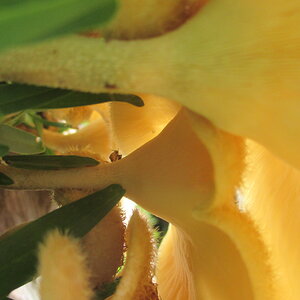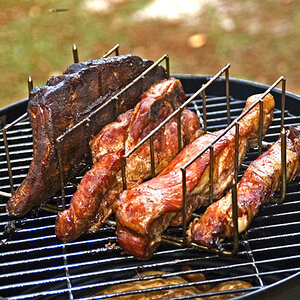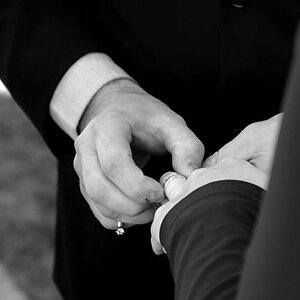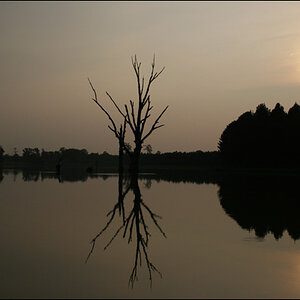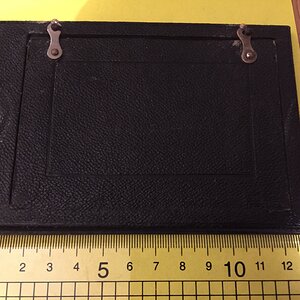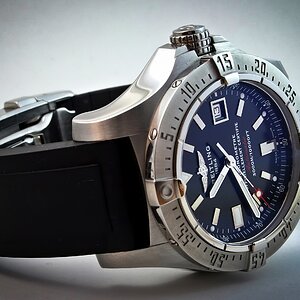Navigation
Install the app
How to install the app on iOS
Follow along with the video below to see how to install our site as a web app on your home screen.

Note: This feature currently requires accessing the site using the built-in Safari browser.
More options
You are using an out of date browser. It may not display this or other websites correctly.
You should upgrade or use an alternative browser.
You should upgrade or use an alternative browser.
Little Starters for my Puppy C&C
- Thread starter VegasS2k
- Start date
- Joined
- Sep 2, 2005
- Messages
- 14,455
- Reaction score
- 3,328
- Can others edit my Photos
- Photos OK to edit
Welcome to the forum.
Well, cute puppy... the pictures need quite a bit of attention though. The dark thing on the first one? Lots of focus problems where the dog appears to be fuzzy, some of those appear to be motion blur/camera shake, looks like you did something weird in post processing... oversharpened? 2 looks underexposed. Etc.
I see you're using a D40. Seems like the fastest shutter time you have on any of these is like 1/40th of a second... most are in the 1/20th area. There is essentially no way you can hand-hold a camera and shoot with a shutter that slow. That means you need to turn up your ISO or somehow get some more light so you can take the pic with a faster shutter.
Generally you want your shutter to be AT LEAST faster than your focal length... so if you're zoomed in at 100mm, you need to be at least faster than 1/100th of a second. (Generally you want it like 10-20% faster or better) This will stop camera shake, which causes blur.
For all of these pictures you were at 18-20mm, so even 1/30th of a second might have been ok, however generally hand-held its best to stay at 1/60th or better. You need to be REALLY steady to do less.
The composition of the pictures could use some work too, but work on the technical aspects first and deal with the composition once you have that down.
Please understand this is all intended to help- I hope you don't take it too harshly.
Well, cute puppy... the pictures need quite a bit of attention though. The dark thing on the first one? Lots of focus problems where the dog appears to be fuzzy, some of those appear to be motion blur/camera shake, looks like you did something weird in post processing... oversharpened? 2 looks underexposed. Etc.
I see you're using a D40. Seems like the fastest shutter time you have on any of these is like 1/40th of a second... most are in the 1/20th area. There is essentially no way you can hand-hold a camera and shoot with a shutter that slow. That means you need to turn up your ISO or somehow get some more light so you can take the pic with a faster shutter.
Generally you want your shutter to be AT LEAST faster than your focal length... so if you're zoomed in at 100mm, you need to be at least faster than 1/100th of a second. (Generally you want it like 10-20% faster or better) This will stop camera shake, which causes blur.
For all of these pictures you were at 18-20mm, so even 1/30th of a second might have been ok, however generally hand-held its best to stay at 1/60th or better. You need to be REALLY steady to do less.
The composition of the pictures could use some work too, but work on the technical aspects first and deal with the composition once you have that down.
Please understand this is all intended to help- I hope you don't take it too harshly.
- Joined
- Jul 8, 2005
- Messages
- 45,747
- Reaction score
- 14,806
- Location
- Victoria, BC
- Website
- www.johnsphotography.ca
- Can others edit my Photos
- Photos OK to edit
It's rather difficult to provide C&C on these images given the fact that for the most part, they appear to be nothing more than snapshots. Generally speaking, they are not very well composed poorly focused, and some have exposure issues.
Oh no, I hate you, your work is crap.
No, not at all. Looking at your EXIF data, I see a couple of issues, one being the use of very high ISOs on some images (up to ISO 1600) and consistant use of low shutter speed (in the range of 1/8 - 1/4 second). These two factors alone will ensure that even the best image has issues. Remember to always keep your ISO as low you can. Use more light, or take your shots at another time if you can.
Shutter speeds for hand-held cameras should never go below 1/60 of a second, 1/30 is the absolute minimum for an experienced photographer, and if you're new, I'd suggest keeping it at or above 1/125 until you become familiar with the camera and how best to hold it. The slow shutter speed is what's caused the softness in the images, partly due to subject movement, partly due to camera shake.
What I would suggest is the following: Set your camera's ISO to a low value (<300) and then take another series of your dog, and each time before you take the picture, check your shutter speed to ensure it stays above 1/125 (which is also as low as you want to go for fast moving subjects like moving animals). And then post those here.
Images #2, 4 would have been really nice images, but for the issues discussed above. Also, when posting multiple images, pls number them for easier response.
Just my $00.02 worth - your milage may vary.
~John
Oh no, I hate you, your work is crap.
No, not at all. Looking at your EXIF data, I see a couple of issues, one being the use of very high ISOs on some images (up to ISO 1600) and consistant use of low shutter speed (in the range of 1/8 - 1/4 second). These two factors alone will ensure that even the best image has issues. Remember to always keep your ISO as low you can. Use more light, or take your shots at another time if you can.
Shutter speeds for hand-held cameras should never go below 1/60 of a second, 1/30 is the absolute minimum for an experienced photographer, and if you're new, I'd suggest keeping it at or above 1/125 until you become familiar with the camera and how best to hold it. The slow shutter speed is what's caused the softness in the images, partly due to subject movement, partly due to camera shake.
What I would suggest is the following: Set your camera's ISO to a low value (<300) and then take another series of your dog, and each time before you take the picture, check your shutter speed to ensure it stays above 1/125 (which is also as low as you want to go for fast moving subjects like moving animals). And then post those here.
Images #2, 4 would have been really nice images, but for the issues discussed above. Also, when posting multiple images, pls number them for easier response.
Just my $00.02 worth - your milage may vary.
~John
- Joined
- Jul 8, 2005
- Messages
- 45,747
- Reaction score
- 14,806
- Location
- Victoria, BC
- Website
- www.johnsphotography.ca
- Can others edit my Photos
- Photos OK to edit
^^^ hey, tired... I see his pictures showing up as ISO200 ?
Check the top ones.
now my question is this.. my top ones ISO is 1600 i now know that its way to high.. as my lower ones are shot at 200. what would you use a ISO of 1600 for and i also have a HI1 setting. ive read the manual and it doesnt help very much at all in explaining things.. ive bought the book Understand Exposure and it helped me a little. i took a photo class but totally failed.. and the teacher advised me to give up photography.
- Joined
- Jul 8, 2005
- Messages
- 45,747
- Reaction score
- 14,806
- Location
- Victoria, BC
- Website
- www.johnsphotography.ca
- Can others edit my Photos
- Photos OK to edit
ISO is essentially your sensor's sensitivity to light. Low ISOs for bright scenes, higher ones for darker scenes. Always use as low as ISO as you can get away with; the higher the ISO, the more noise will be induced into the image. That said, anything in the 200-600 range shouldn't cause noticeable problems. "HI1" is a faux-ISO; that is it doesn't actually effect the sensor, but rather gains a perceived increase through the camera's firmware.
I would submit that any teacher that advises you to give up photography probabyl shouldn't be teaching. You might not be the next Ansel Adams or O. Winston Link, but than neither will I. A little practice and training, and you'll get the basics down I'm sure. Keep at it! There's lots of us here to offer advice and guidance when needed.
~John
I would submit that any teacher that advises you to give up photography probabyl shouldn't be teaching. You might not be the next Ansel Adams or O. Winston Link, but than neither will I. A little practice and training, and you'll get the basics down I'm sure. Keep at it! There's lots of us here to offer advice and guidance when needed.
~John
- Joined
- Sep 2, 2005
- Messages
- 14,455
- Reaction score
- 3,328
- Can others edit my Photos
- Photos OK to edit
This forum is a great place to learn- probably better than that teacher you had.  Such snobbery. I'll never be the next Ansel Adams either, but I daresay I'm at least a bit more than functional. Most of the mistakes you made in your shots can be corrected by just learning some techincal aspects, such as the ISO thing... composition is harder to understand, but elements of that can even be taught.
Such snobbery. I'll never be the next Ansel Adams either, but I daresay I'm at least a bit more than functional. Most of the mistakes you made in your shots can be corrected by just learning some techincal aspects, such as the ISO thing... composition is harder to understand, but elements of that can even be taught.
Stick with it. As long as you listen and learn from what you are being told, you will be fine.
BTW, there are TONS of posts about ISO, so search and read up. There was one that was posted just yesterday that explained the whole HI LO thing in pretty good detail, for example.
What tired said is absolutely correct, but another way to think of it is this...
High ISO = needs less light, faster shutter times, less color saturation, more noise
Low ISO = needs less light, slower shutter times, more color saturation, less noise
You dial ISO up or down as meets your needs, keeping in mind that the lower ISO is going to give you a better picture quality assuming you can capture the image with a proper shutter speed. So, as tired said, generally speaking you want the lowest ISO you can use while still having the right shutter speed for the job.
 Such snobbery. I'll never be the next Ansel Adams either, but I daresay I'm at least a bit more than functional. Most of the mistakes you made in your shots can be corrected by just learning some techincal aspects, such as the ISO thing... composition is harder to understand, but elements of that can even be taught.
Such snobbery. I'll never be the next Ansel Adams either, but I daresay I'm at least a bit more than functional. Most of the mistakes you made in your shots can be corrected by just learning some techincal aspects, such as the ISO thing... composition is harder to understand, but elements of that can even be taught.Stick with it. As long as you listen and learn from what you are being told, you will be fine.
BTW, there are TONS of posts about ISO, so search and read up. There was one that was posted just yesterday that explained the whole HI LO thing in pretty good detail, for example.
What tired said is absolutely correct, but another way to think of it is this...
High ISO = needs less light, faster shutter times, less color saturation, more noise
Low ISO = needs less light, slower shutter times, more color saturation, less noise
You dial ISO up or down as meets your needs, keeping in mind that the lower ISO is going to give you a better picture quality assuming you can capture the image with a proper shutter speed. So, as tired said, generally speaking you want the lowest ISO you can use while still having the right shutter speed for the job.
- Joined
- Sep 2, 2005
- Messages
- 14,455
- Reaction score
- 3,328
- Can others edit my Photos
- Photos OK to edit
Check the top ones.
Figures... I checked 3 of them, but not those.
- Joined
- Jul 8, 2005
- Messages
- 45,747
- Reaction score
- 14,806
- Location
- Victoria, BC
- Website
- www.johnsphotography.ca
- Can others edit my Photos
- Photos OK to edit
Figures... I checked 3 of them, but not those.
 Ain't it always the way?
Ain't it always the way?Similar threads
- Replies
- 10
- Views
- 821
- Replies
- 24
- Views
- 1K
- Replies
- 3
- Views
- 134

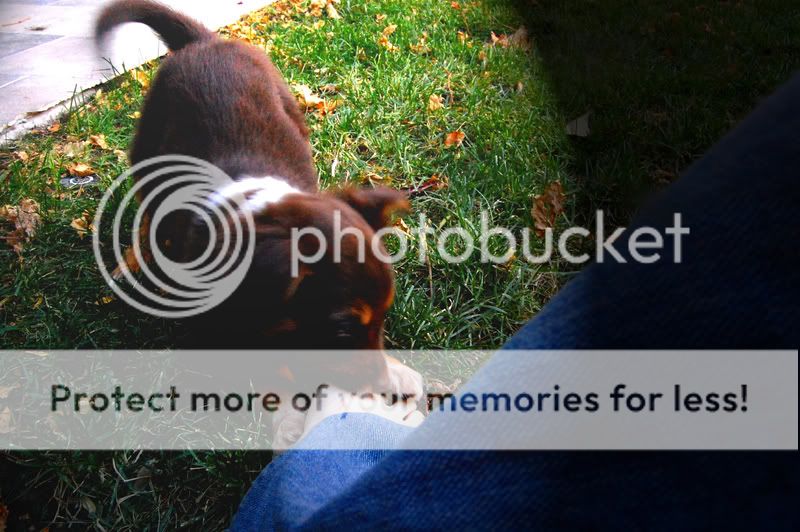
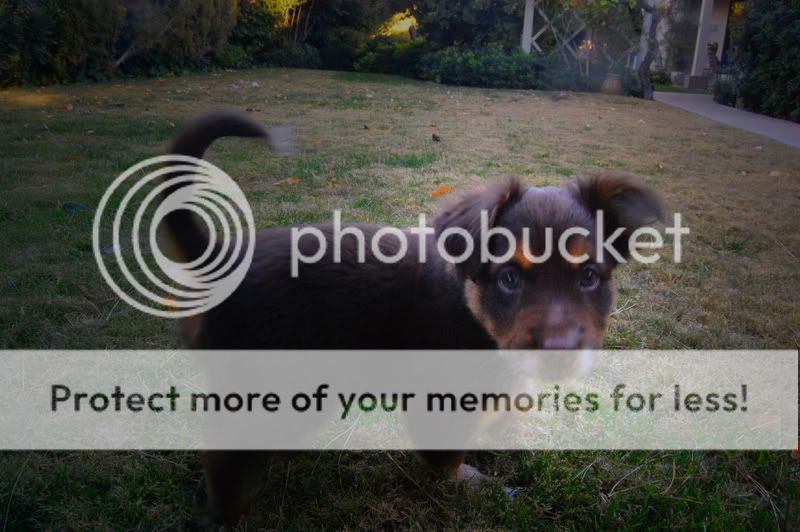
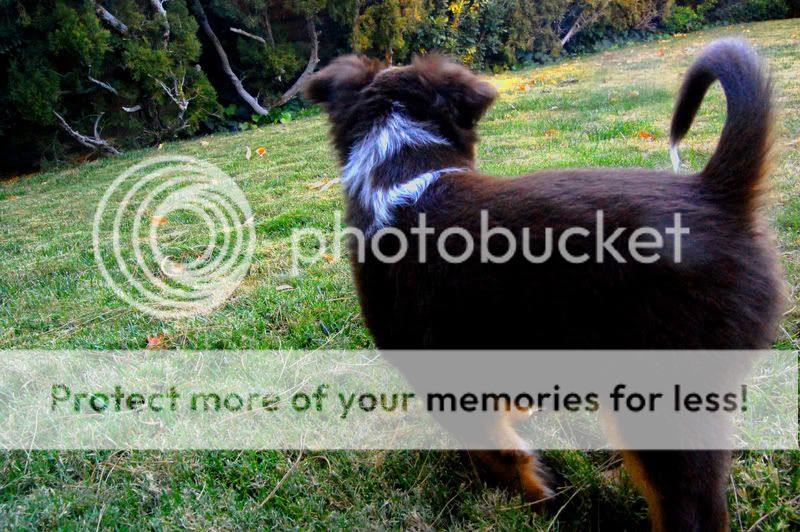
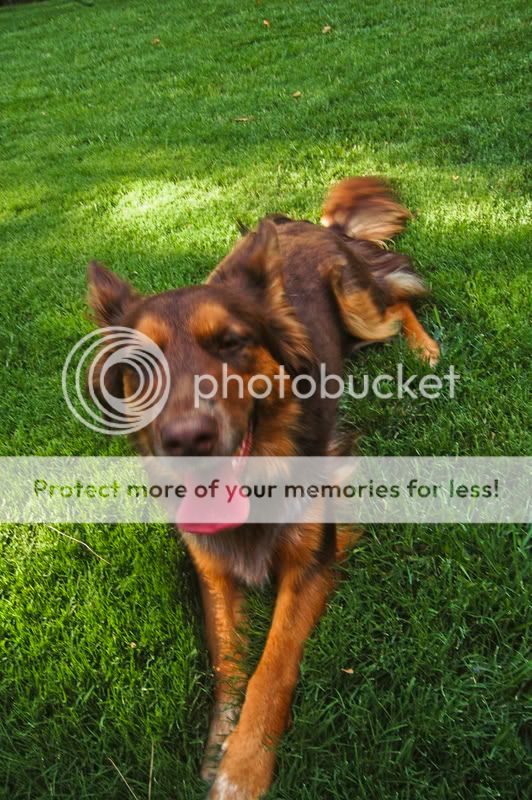
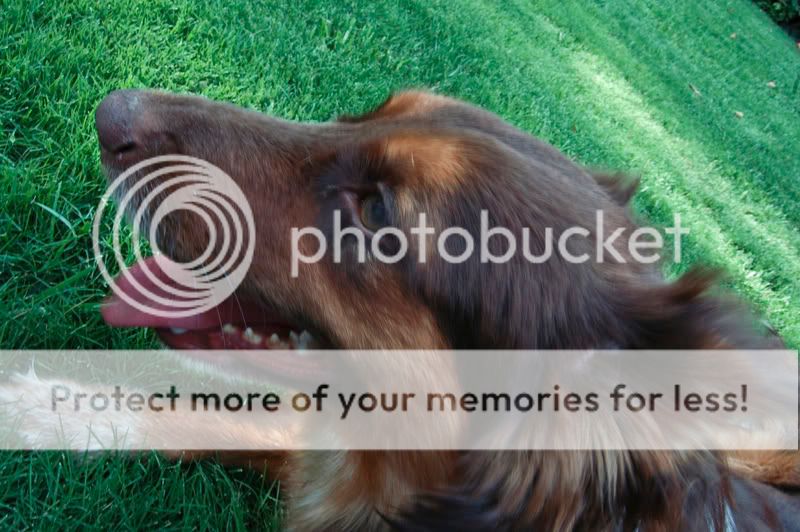
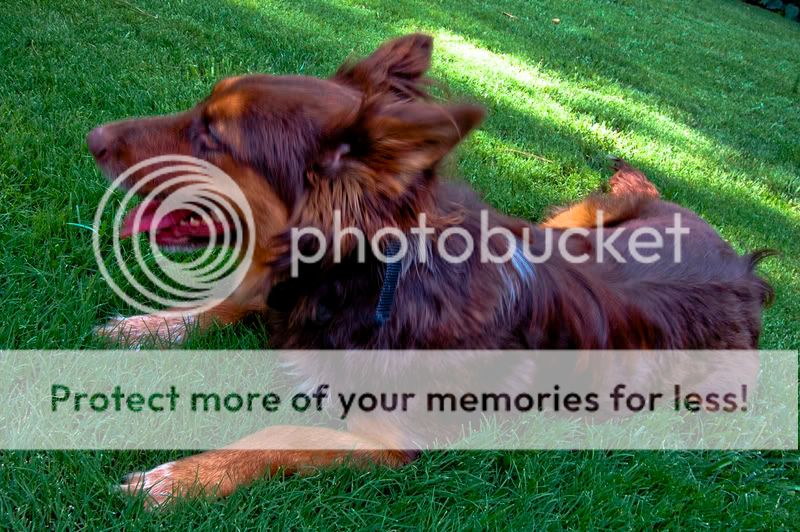
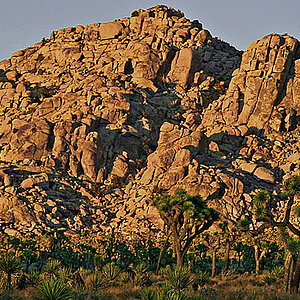
![[No title]](/data/xfmg/thumbnail/32/32700-18534997be82e5150c566a9e67a00471.jpg?1619735602)
![[No title]](/data/xfmg/thumbnail/37/37604-7ad625e983f92f880eb65a264eeef5e4.jpg?1619738148)
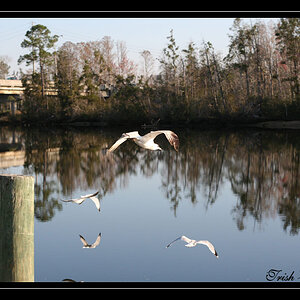
![[No title]](/data/xfmg/thumbnail/37/37603-739c5d9b541a083a12f2f30e45ca2b7b.jpg?1619738147)
